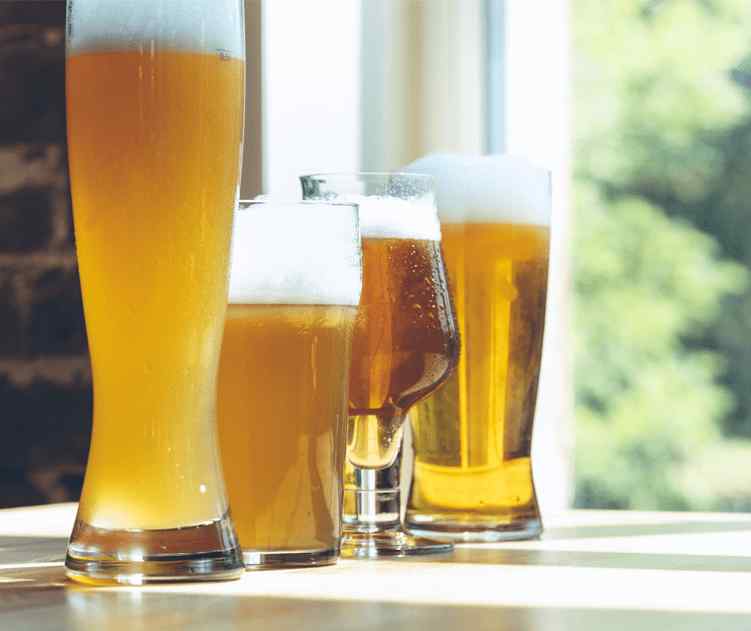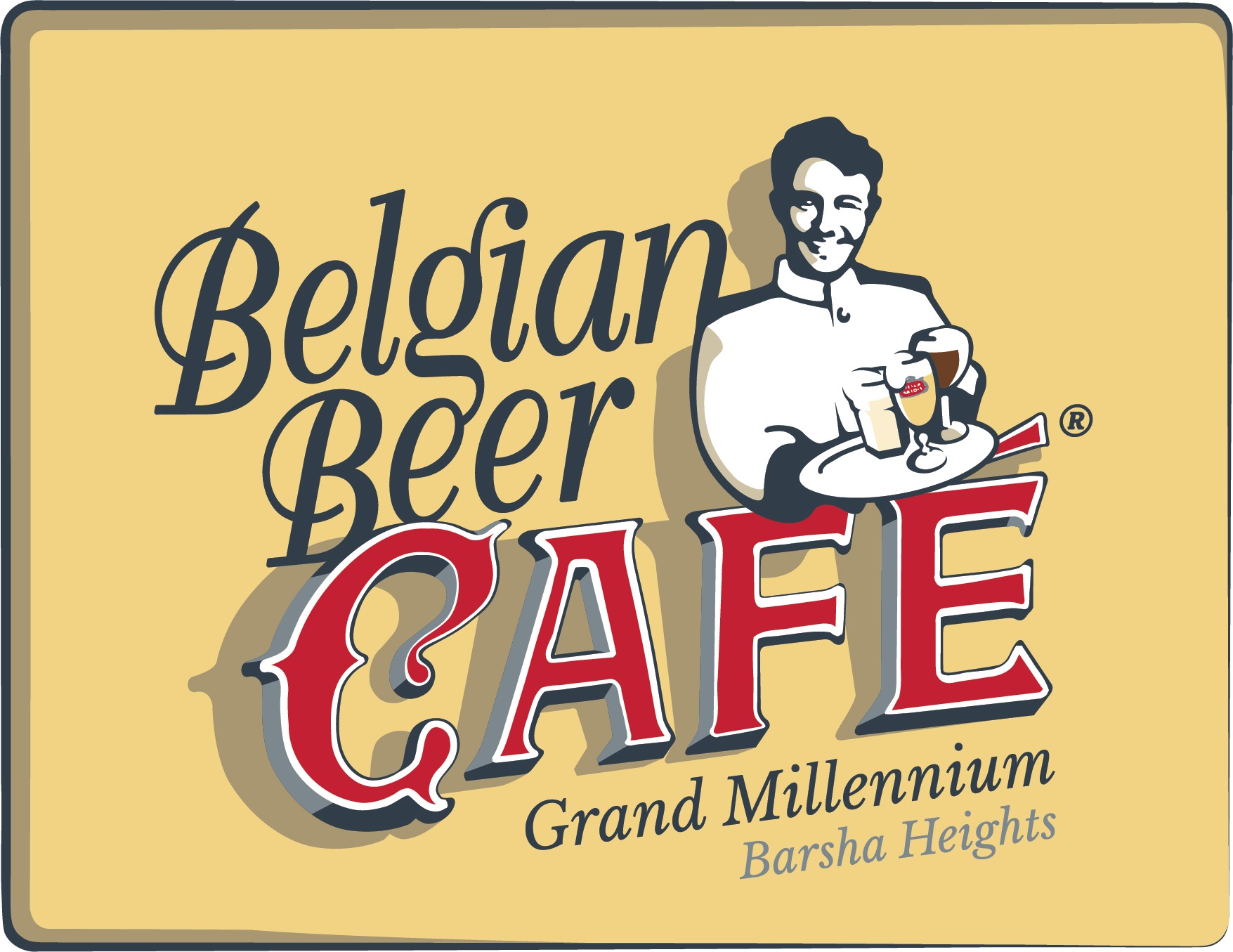Beer lovers from all around the world now frequently visit Belgian beer cafes. Here, you can have an unforgettable time while sipping on a large selection of beers. Each beer has its unique flavour and smell. Many people are unaware of the importance of the type of glassware to serve these beers. But the use of glassware to serve these beers can play a critical role in improving the drinking experience.
In this blog post, we will delve deeper into glassware’s role glassware plays at a Belgian beer cafe.
Understanding the Importance of Glassware
Belgian beer’s appeal is based on more than just its flavour. Beer is served in glasses that have been created specifically to improve the drinking experience. The glass’s shape, rim thickness, and even material composition can all impact how the beer tastes and smells. For instance, Belgian strong ales are frequently served in tulip-shaped glasses. The broad mouth of this glass allows one to thoroughly enjoy the aroma of the beer, and the inward curve at the top. This shape aids in holding the head in place and enhancing the taste of the beverage.
Contrarily, Trappist beers, which are renowned for their rich flavours, are served in chalice-shaped glasses. The big bowl of this glass allows the beer to breathe and unleash all of its aromas, and the stem maintains a cool serving temperature.
Additionally, Belgian beer culture reflects within its glasses. Ancient glassware at Belgian beer cafés are commonly used for centuries. This enhances the experience of drinking beer in a Belgian cafe. Overall, in addition to paying tribute to the history of Belgian beer.

Belgian Beer Cafe
The History of Belgian Beer Glassware
The history of Belgian beer goes back to the Middle Ages.
The “Koetsier” glass, a huge tankard with a lid that keeps out dust and insects, was the first glassware used to serve beer in Belgium. For various varieties of beer, several glassware designs evolved. The “chalice” glass is one of the most recognizable varieties of Belgian beer glasses and is used to serve Trappist brews. Since the Westmalle brewery was originally introduced in the 1950s, this glass has become associated with Trappist brews.
Given the religious background of Trappist beer. The glass design is greatly influenced by Chalices. They used such designs during Catholic Mass. The “tulip” glass, which is used to serve Belgian strong ales, is yet another well-liked design of beer glass used in Belgium. The objective of this glass is to enhance the beer’s aroma and preserve its rich flavours. The wide bowl of the glass allows the beer to breathe, while the inward curve at the top of the glass concentrates the smells and aids in keeping the head in place.
The Future of Belgian Beer Glassware
Belgian beer cafes are still a favourite hangout for beer lovers all over the world. The need for traditional Belgian glassware is rising along with the popularity of Belgian beer. There has been a resurgence in interest in traditional glassware in recent years, and many brewers are now creating their distinctive glasses to improve the drinking experience. There will probably be a higher need for distinctive glasses that emphasise the depth and subtleties of each brew as the craft beer market grows.
Belgian beer cafes cater contemporary tastes of today’s world while serving Traditional glassware. These contemporary glasses highlight the distinctive hues, smells, and flavours of each beer. Modern glassware is also frequently lighter and thinner, making it simpler to grasp and drink from. Moving away from conventional, bulky glassware in favour of more svelte, beautiful forms that are both aesthetically pleasing and practical has become popular. For instance, several breweries are now manufacturing “stemless” glasses, which resemble wine glasses but do not have a stem. One can use these glasses for everyday use to boost the aroma and flavour of the beer.
As technology develops, we might even start to see glasses with built-in sensors that can tell us details about the beer in your glass. For example, details of alcohol content and the brewing method. Overall, it appears that Belgian beer café glassware will continue to evolve with design and invention, to improve beer aficionados’ entire drinking experience.
Enhancing the Belgian Beer Experience
An experience that is unparalleled in the world combines the rich history of Belgian beer with cutting-edge brewing methods in Belgian beer cafes that provide a singular tasting experience.
Here, the type of glassware used to serve beer is a crucial component of the overall experience. No matter if you’re sipping a Trappist beer from a chalice glass or a Belgian strong brew from a tulip glass, the glassware is essential to enhancing the scent and flavour of the beer.
We would recommend that you take a glance at the glass before enjoying our refreshing beer. If you intend to visit a Belgian beer cafe. Besides the fact that it reflects the long history of Belgian beer, it improves the experience of drinking a beer in a Belgian café by reflecting its long history.
Does sampling the best of Belgian beer culture interests you? Visit Bistro Bar Dubai, the premier place to find Belgian food and drink. Enjoy a variety of Belgian beers served in vintage glasses and indulge in authentic Belgian cuisine. Learn more about the history and culture of Belgian beer by participating in one of our workshops. Experience Dubai’s best Belgian beer culture by making a reservation today.
